Sizing a thermal store cylinder need not be complicated. If the cylinder is correctly sized from the outset there will be no risk of running out of hot water and waiting for the cylinder to heat up again.
The easiest way to remember sizing a cylinder is the bigger the property, the larger the cylinder required. You should always allow between 35 and 45 litres for every resident in the household. It is, however, difficult to generalise when personal habits and lifestyle play a large factor in total hot water usage. Always consult the residents in the household when choosing a cylinder size and consider the following:
-
Showers use in the region of 18 litres of hot water per minute at 40 degrees Celsius (this equals 11 litres at 60 degrees Celsius)
-
Bath’s use in the region of 100 litres of hot water at 40 degrees Celsius (this equals 60 litres at 60 degrees Celsius)
The following three hot water consumption categories can be used as a guideline for how much hot water a person uses a day. The estimated water consumption daily per person can then be multiplied by how many residents are in the household to give you a daily hot water total usage:
Low Consumption: 20-30 litres
Average Consumption: 30-50 litres
High Consumption: 50-70 litres
On these calculations, a standard four-person household would require a minimum of a 200-litre hot water tank. It is this process of calculating hot water consumption which is used by the EU energy labelling scheme. It is ultimately the responsibility of the installer to calculate the correct size tank required to prevent the residents from running out of hot water.
If PulsaCoil Group have not previously attended the installation address, and the homeowner has sized the boiler incorrectly. PulsaCoil would advise the client against installing the correctly sized thermal store. A thermal store that is too small could lead to never having enough hot water and/or a thermal store that is overworked., leading to frequent repairs and premature breakdowns. This will lead to the invalidation of the manufacturer’s warranty and non-compliance with Building Regulations. This can lead to complications when it comes time to sell your property.
If the property owner is adamant that PulsaCoil install an incorrectly sized cylinder a waiver/discharge of liability letter will be required from the property owner.
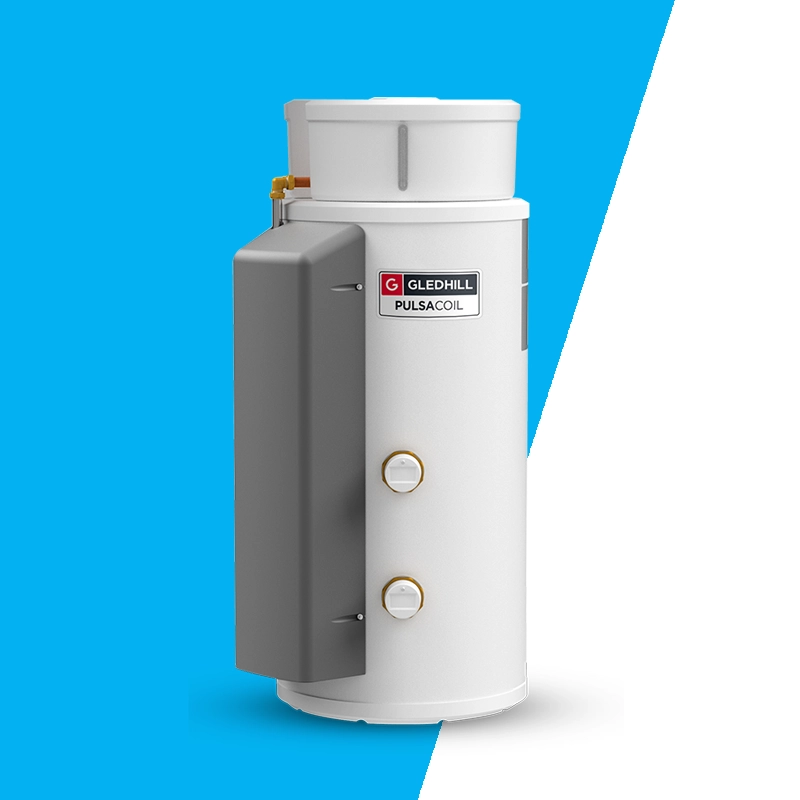




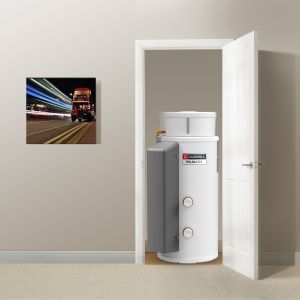
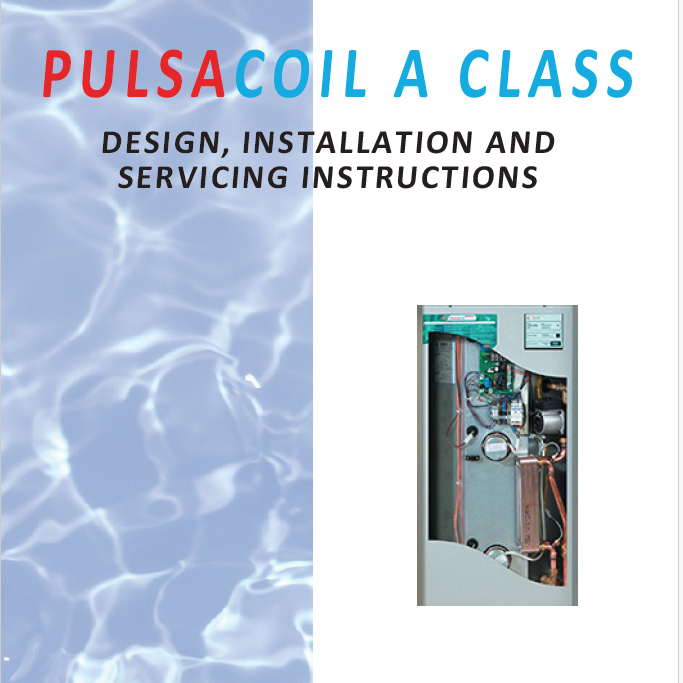
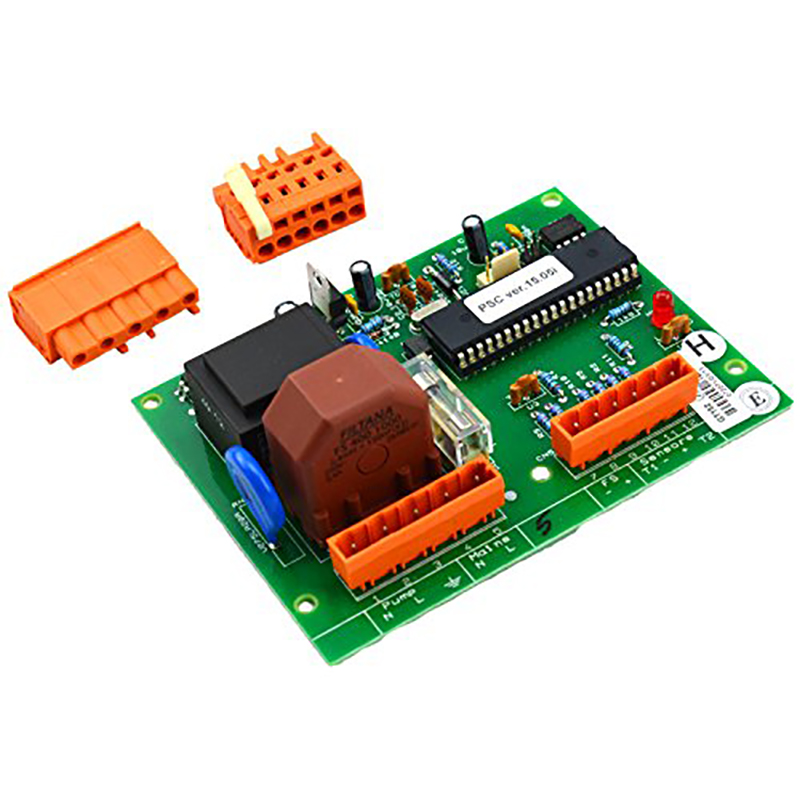

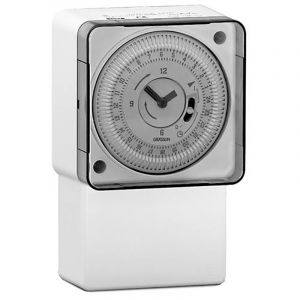
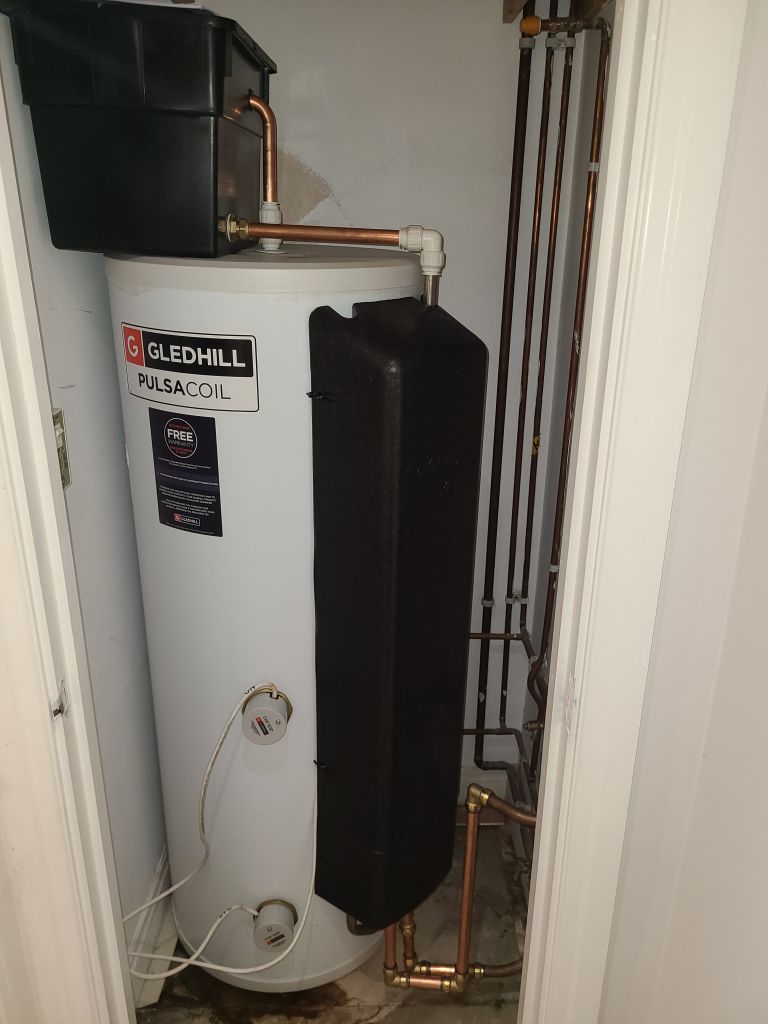


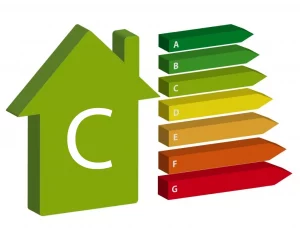
 (630)
(630) (1057)
(1057)